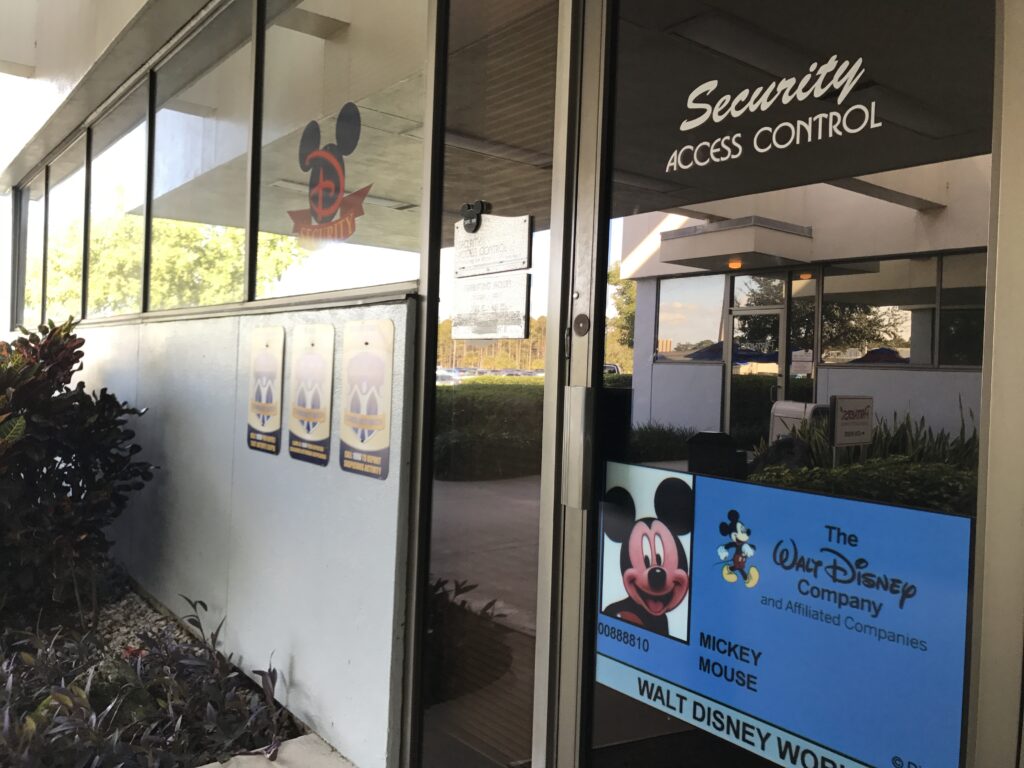
.
Busy Doing Nothing
.
Being good at doing things well is often seen as success.
Really?
Think about it.
Yes, we are good at things.
But are we good at the right things?
Who’s coaching us about customer service priorities?
Who’s holding us accountable?
And what if our boss is in the same boat as us?
What if our boss has customer service priorities that we are good at delivering on, but what if all of us are focused on wrong, lower level priorities?
What if we are the boss? What if we’re passing this on down to our direct reports?
The customer service mission-critical stuff, often the soft stuff, is left alone because it’s too hard to see and measure improvement.
It’s analogous to trying to lose weight instead of trying to lower our resting heart rate, our cholesterol, BMI, and triglycerides.
There are a lot of fake customer service problems in business. Fake problems are issues we spend time on managing well, but these issues have disproportionately less customer-value than more important priorities.
Fake problems are convenient for medicating our lack of a clear, concise, and compelling vision.
Why?
Because we are good at them.
Like losing weight but not addressing cholesterol, resting heart rate, and triglycerides.
Organizational health (and personal health) is priority one.
Never get bored with the basics.
Spend time doing nothing.
Quiet time, void of distractions, void of deadlines, meetings, initiatives.
Spend time there and you’ll be astonished, if you really open your heart, at what you can accomplish when you’re busy doing nothing.
.
• • • • •
This website is about our SPIRIT. To enjoy today’s post about our WORK, click here.



